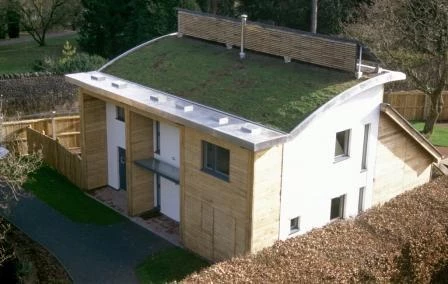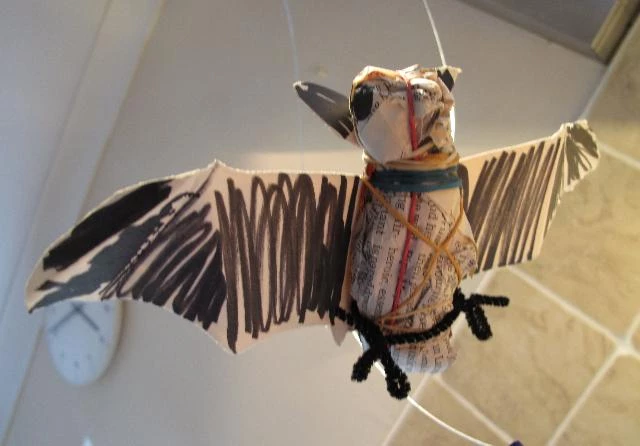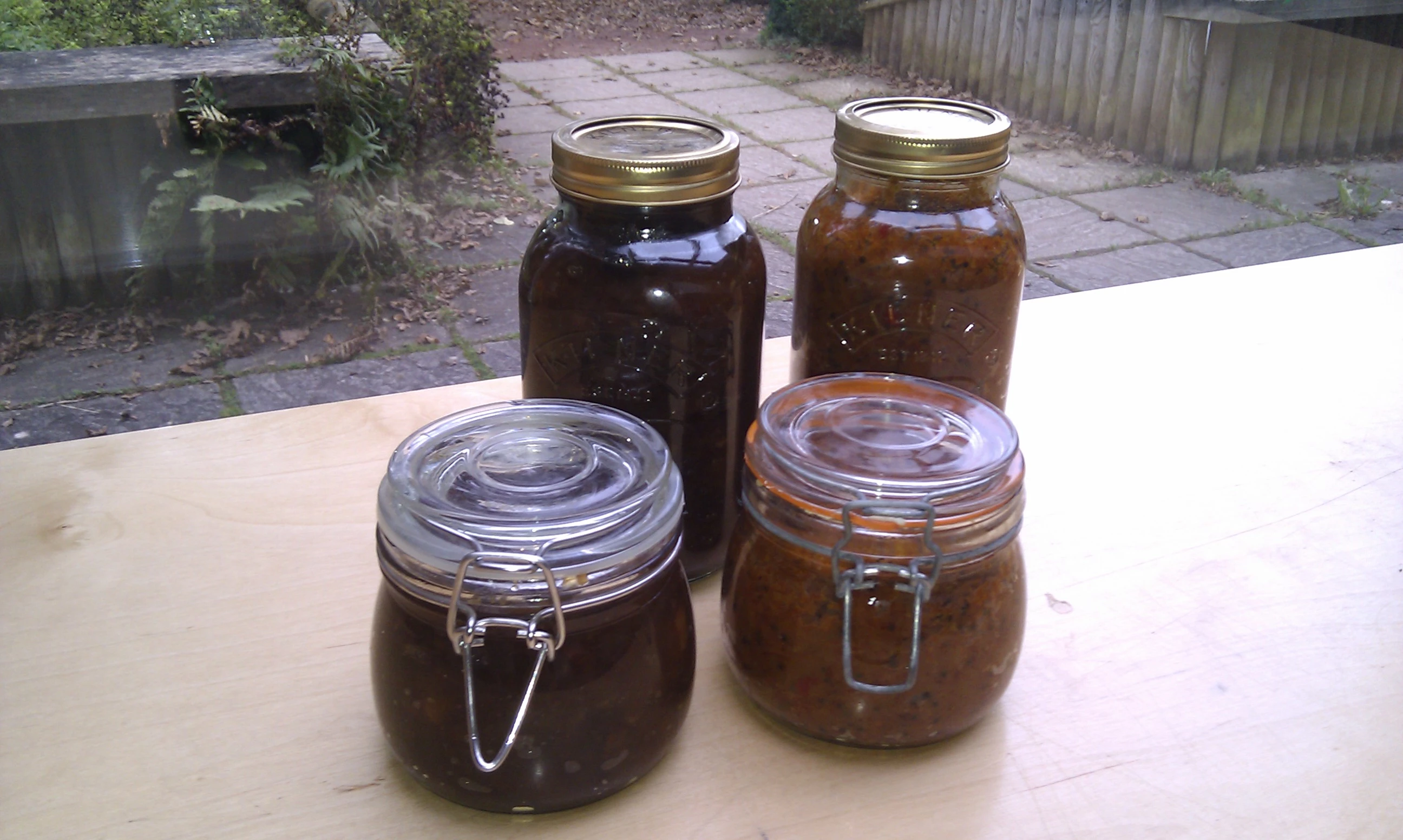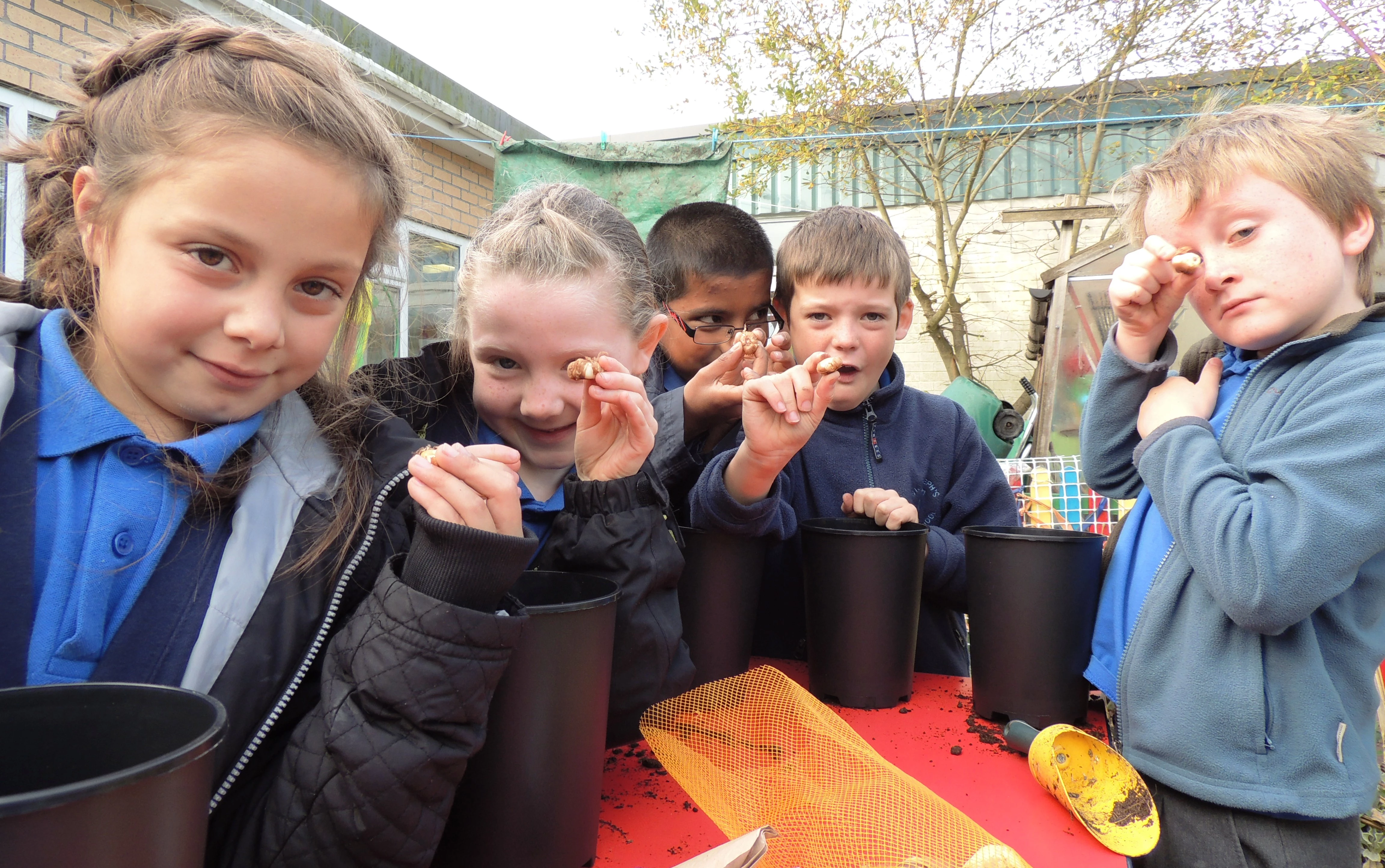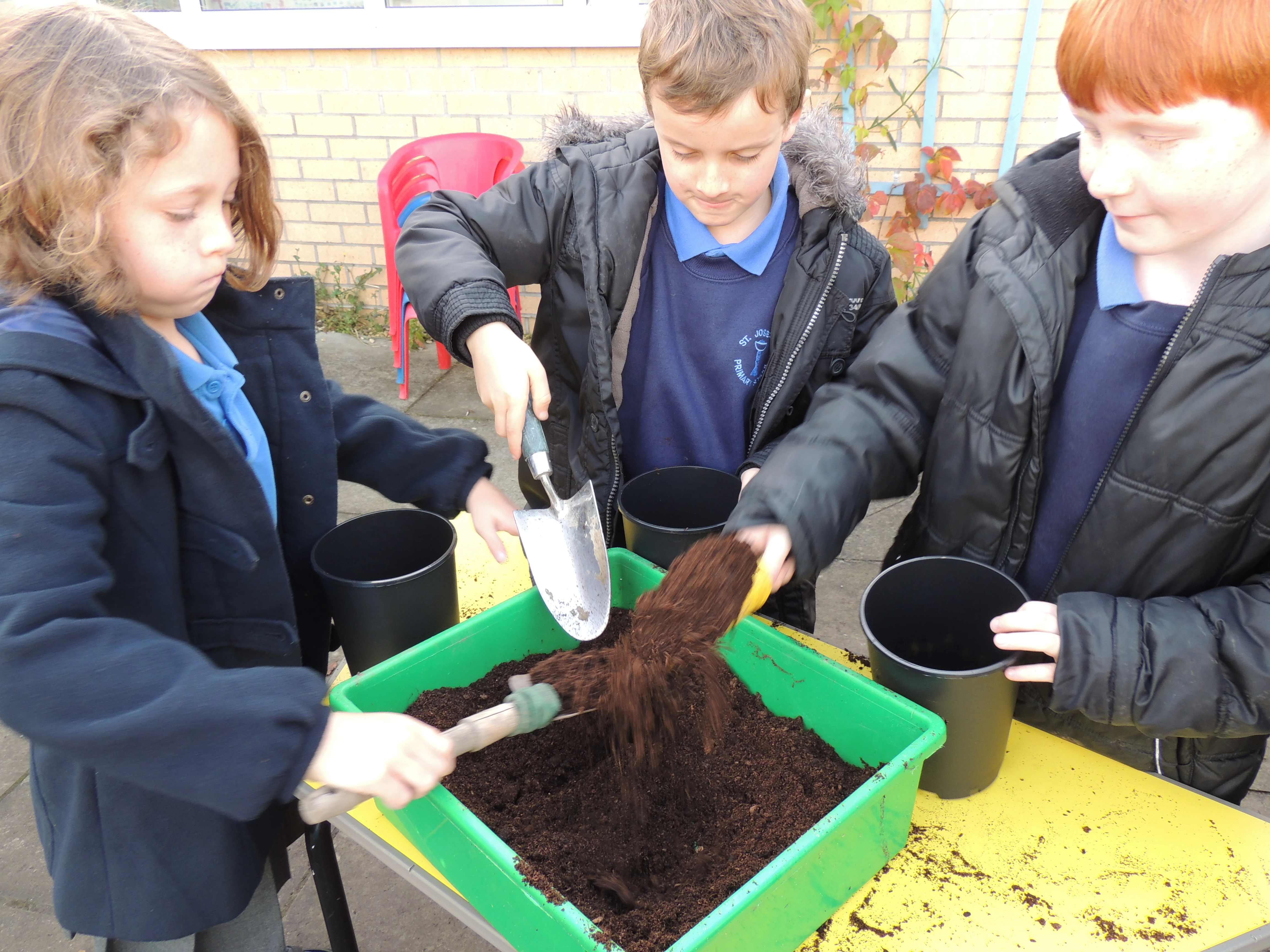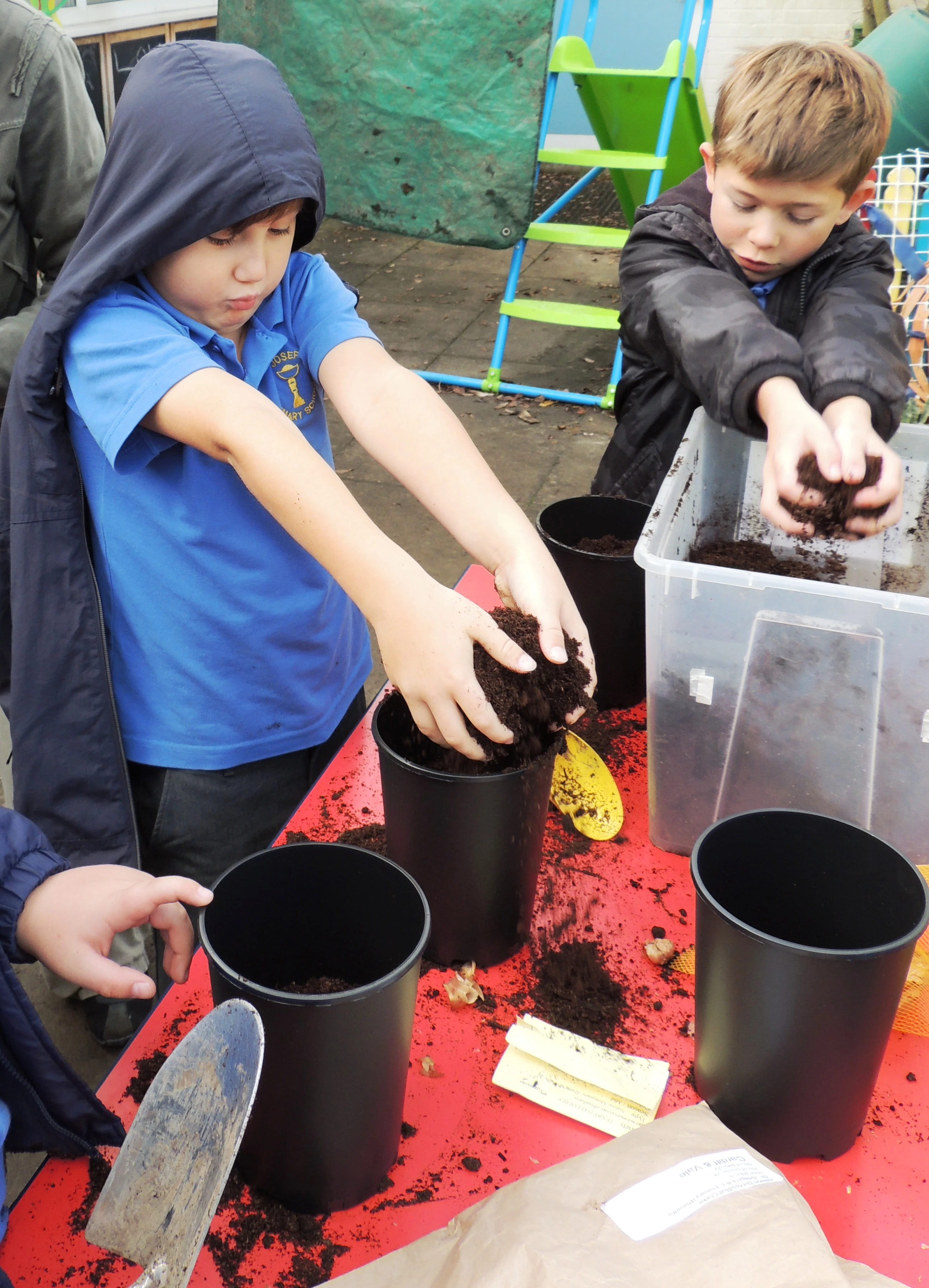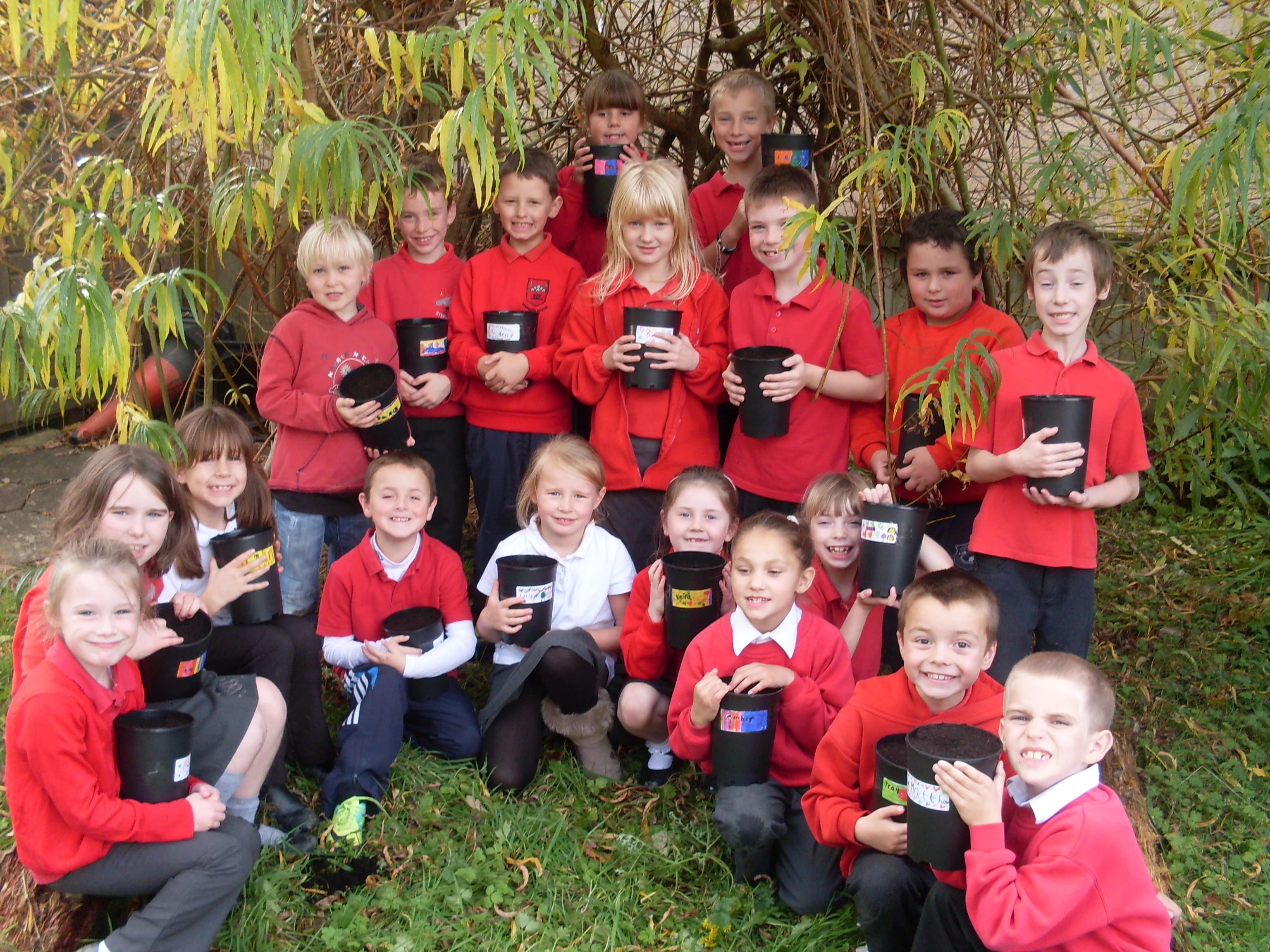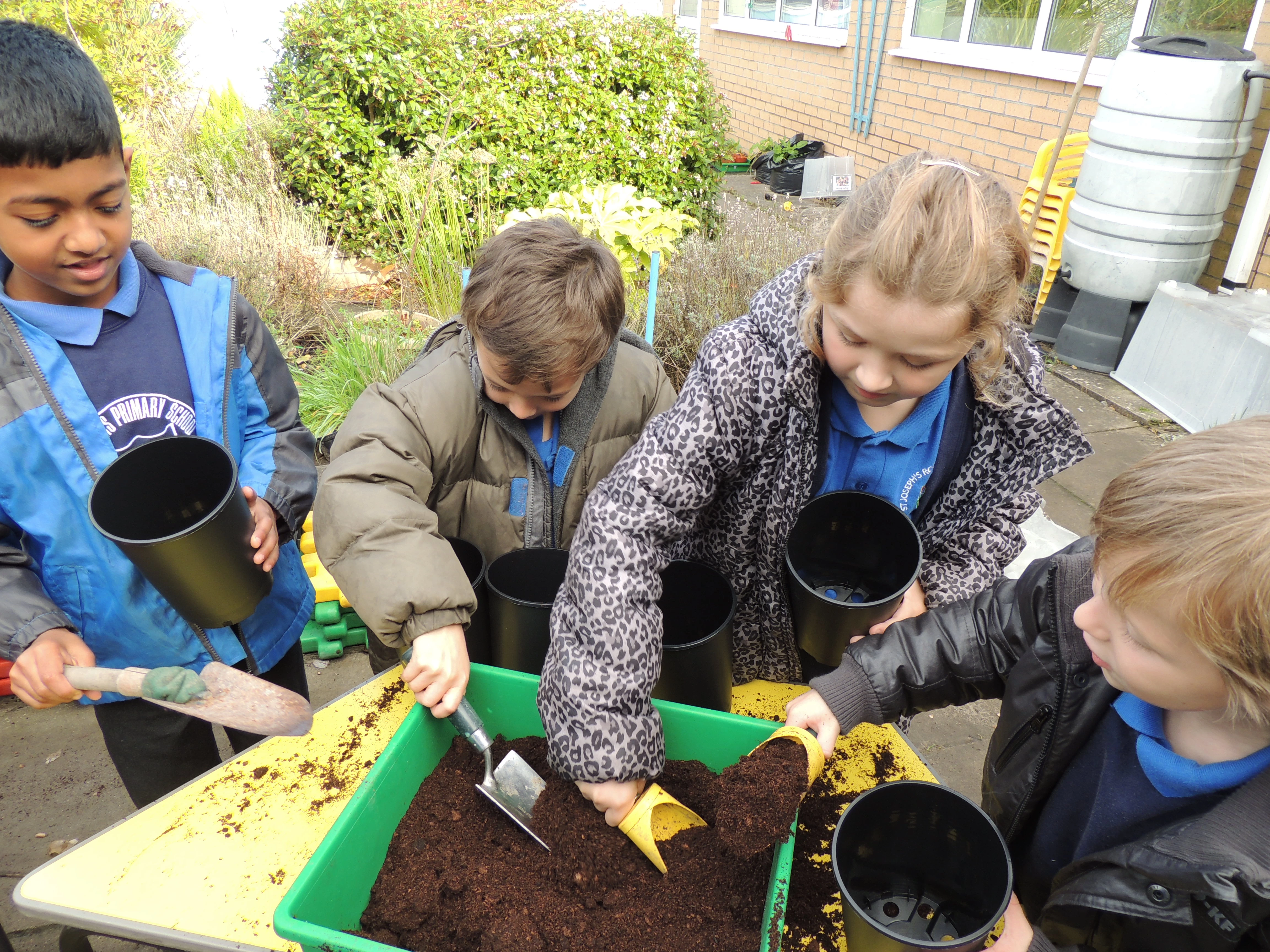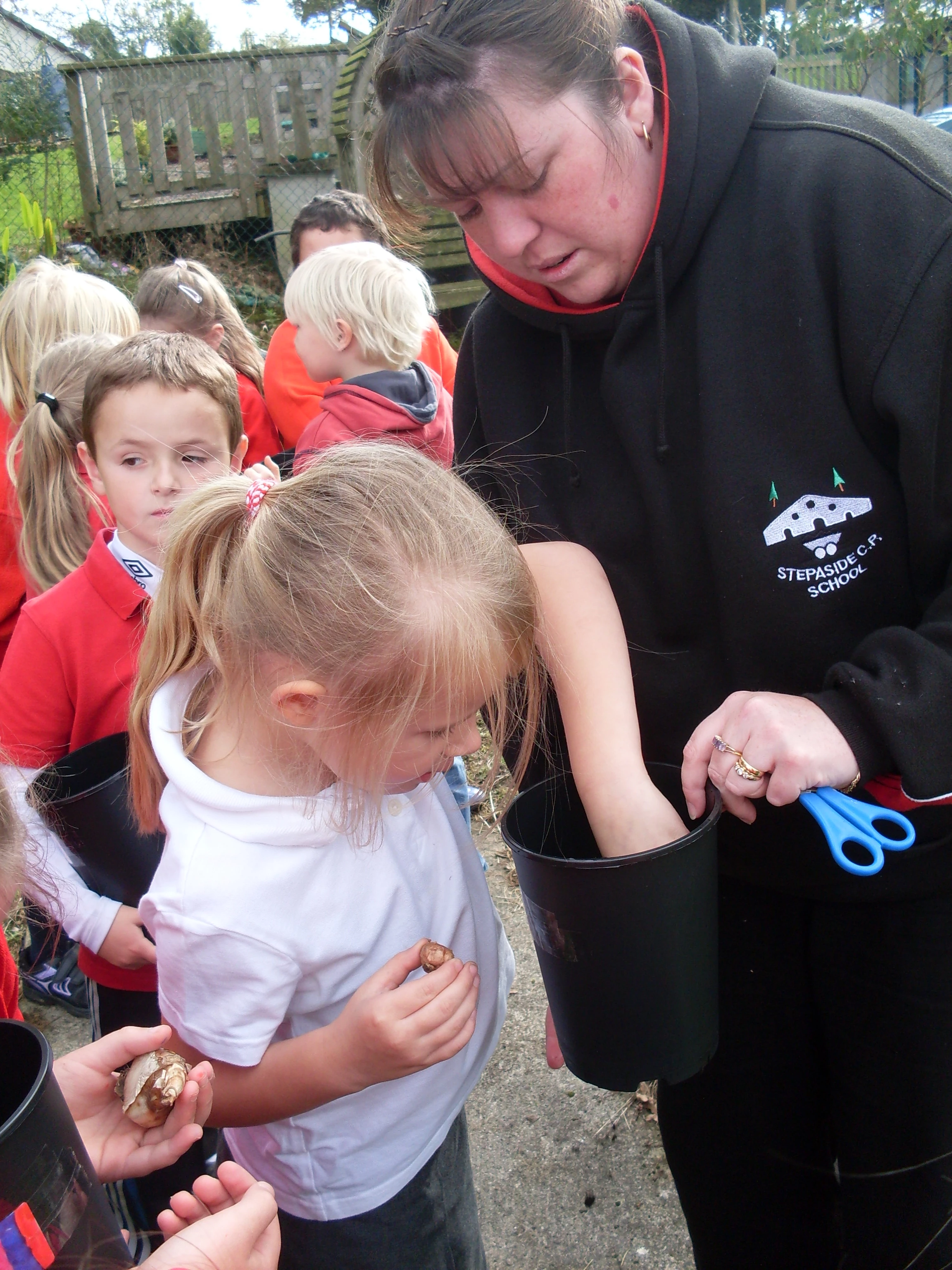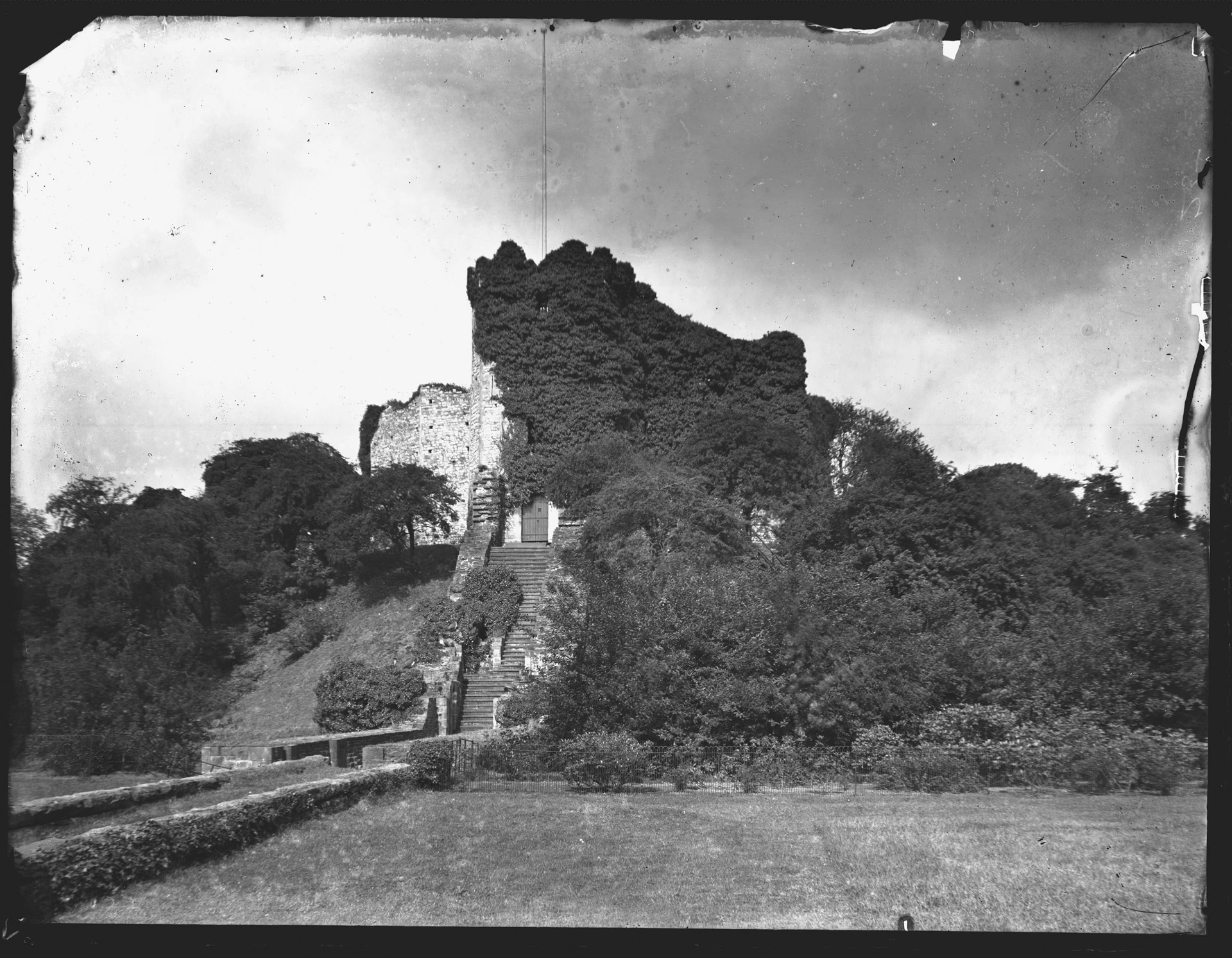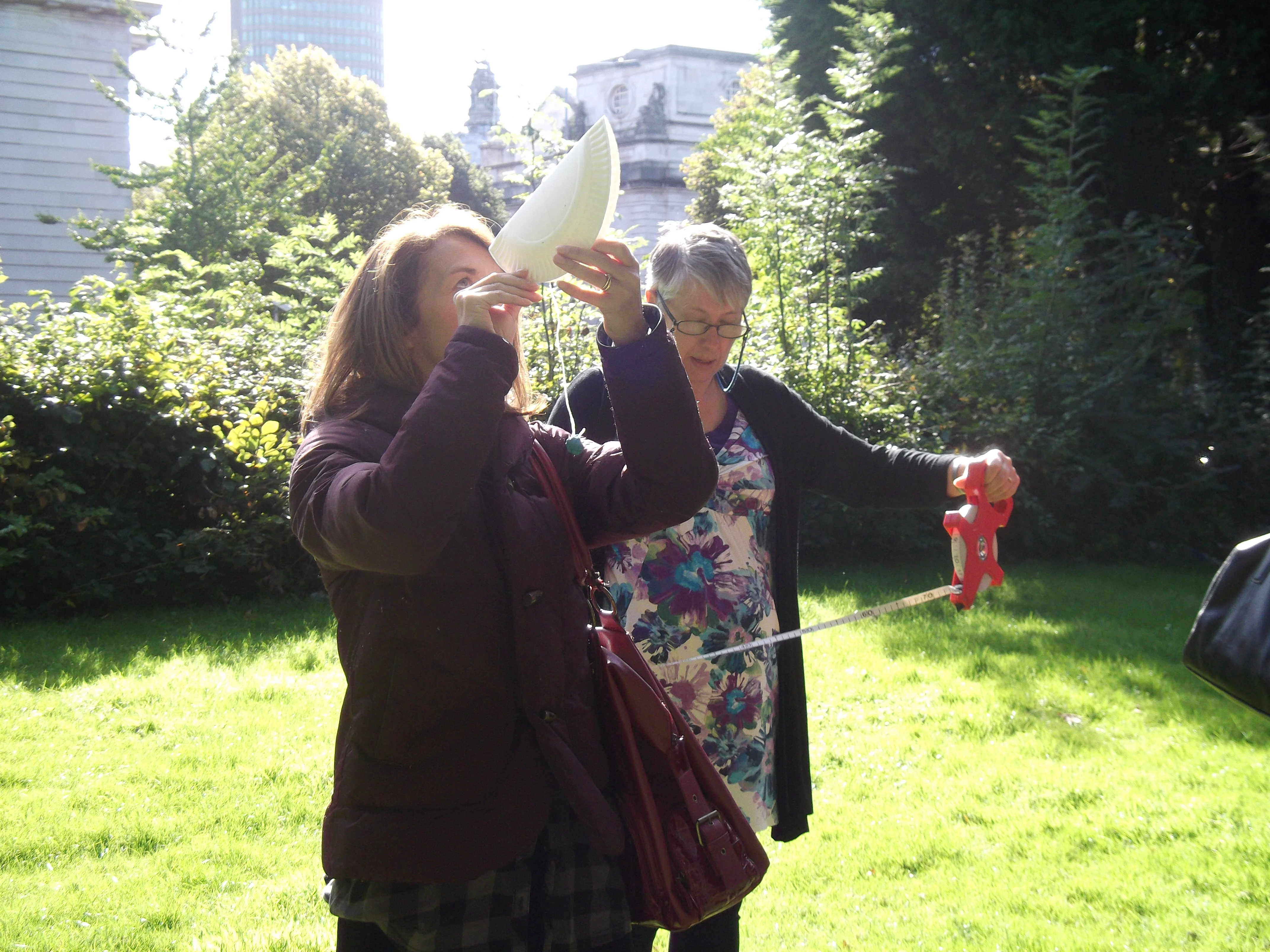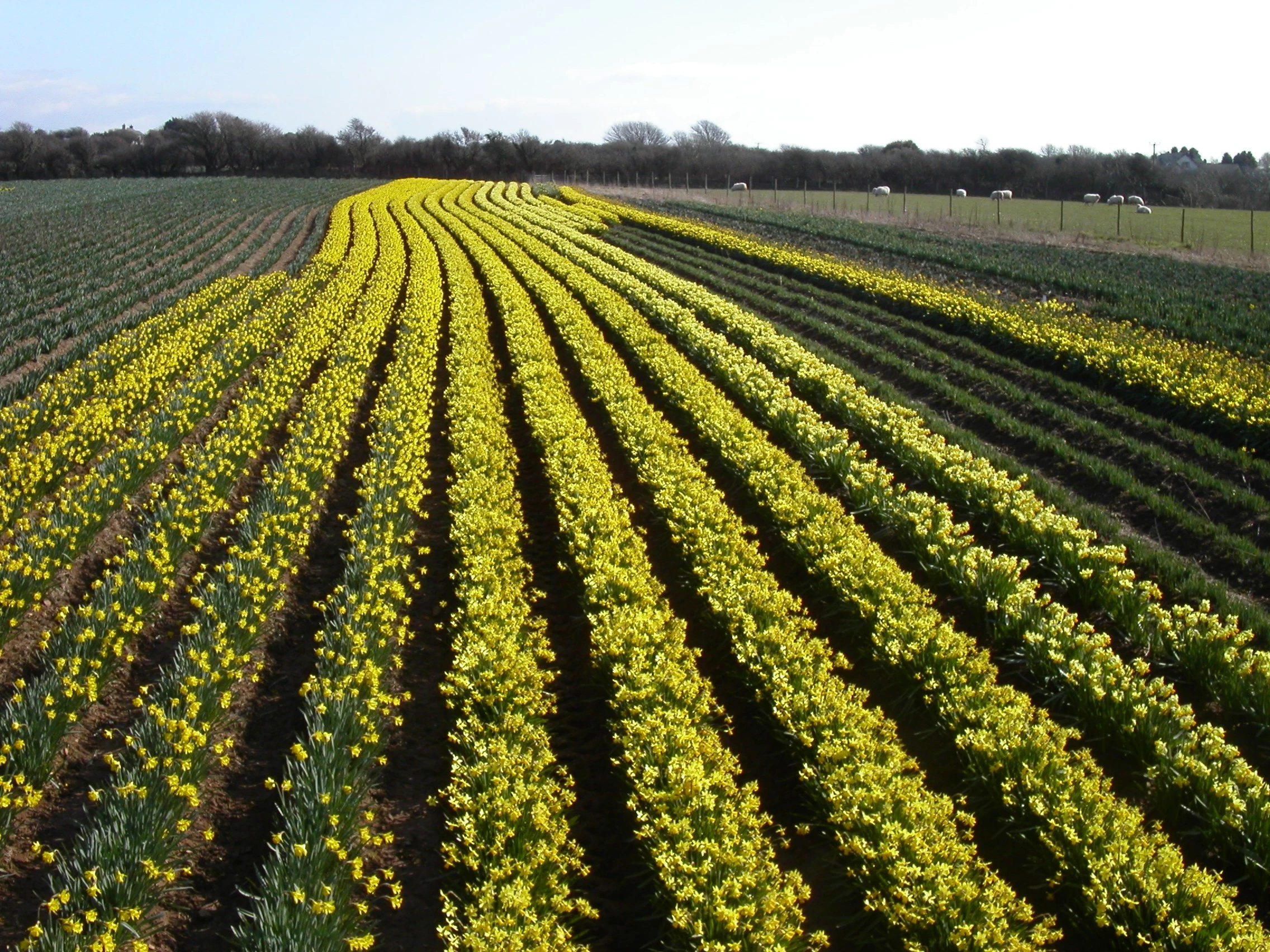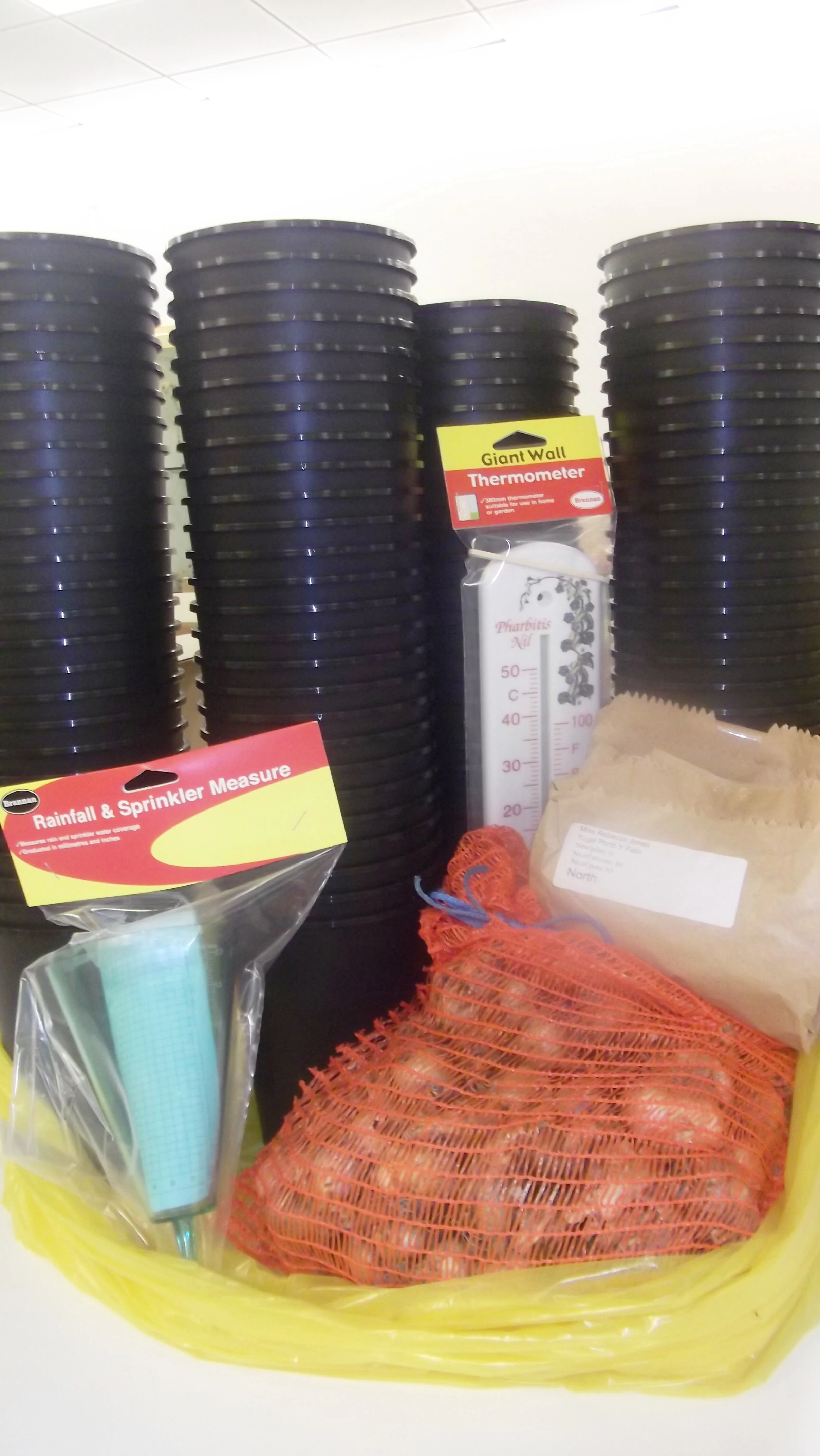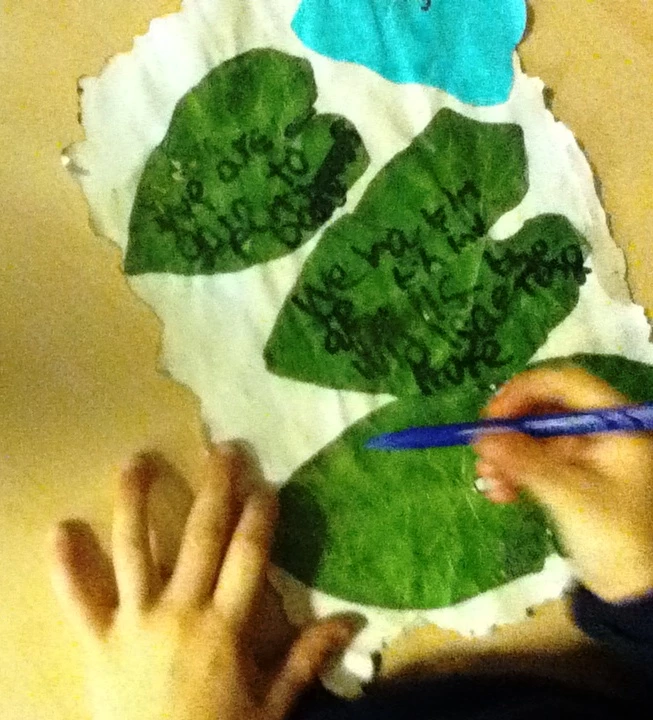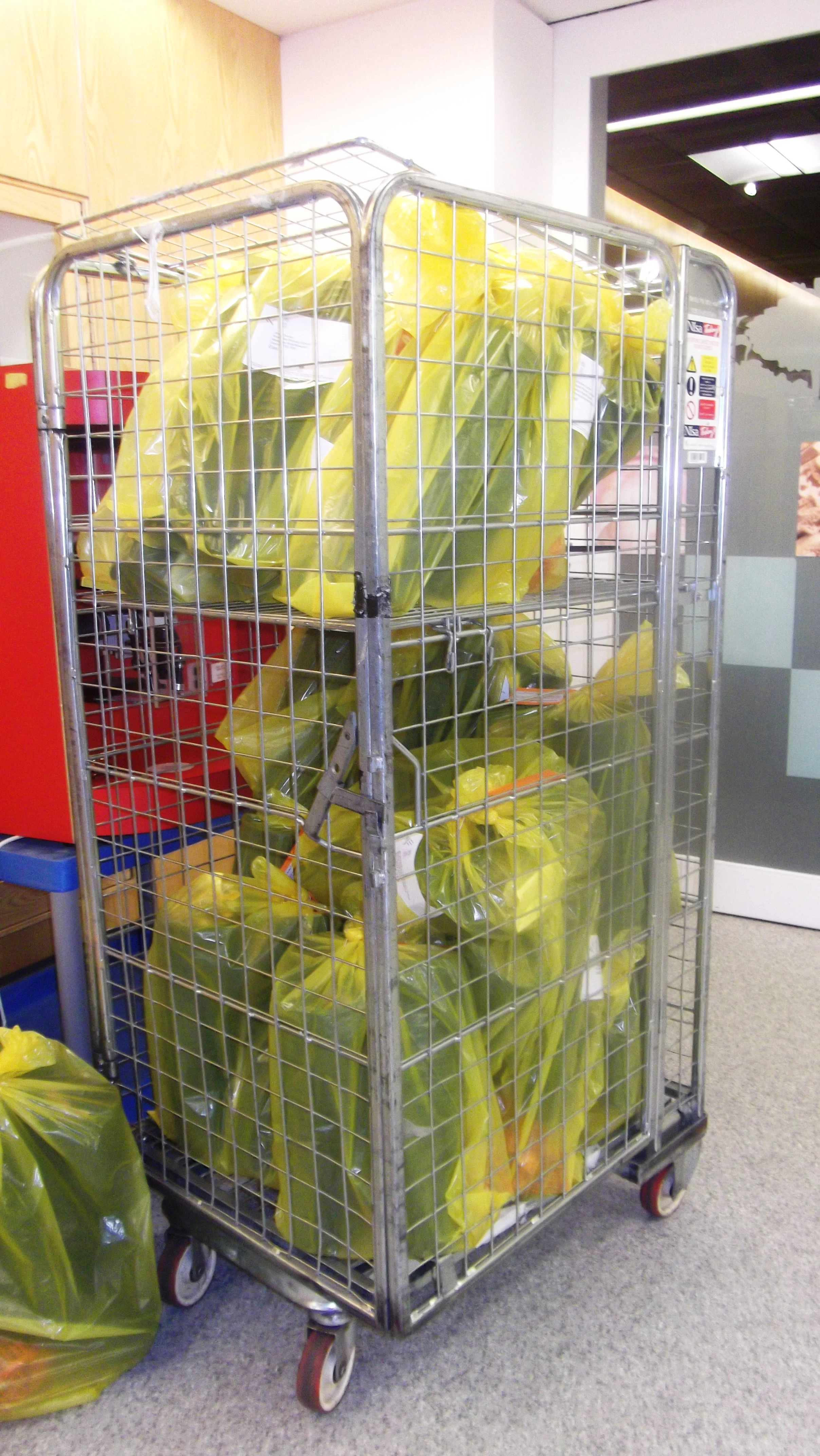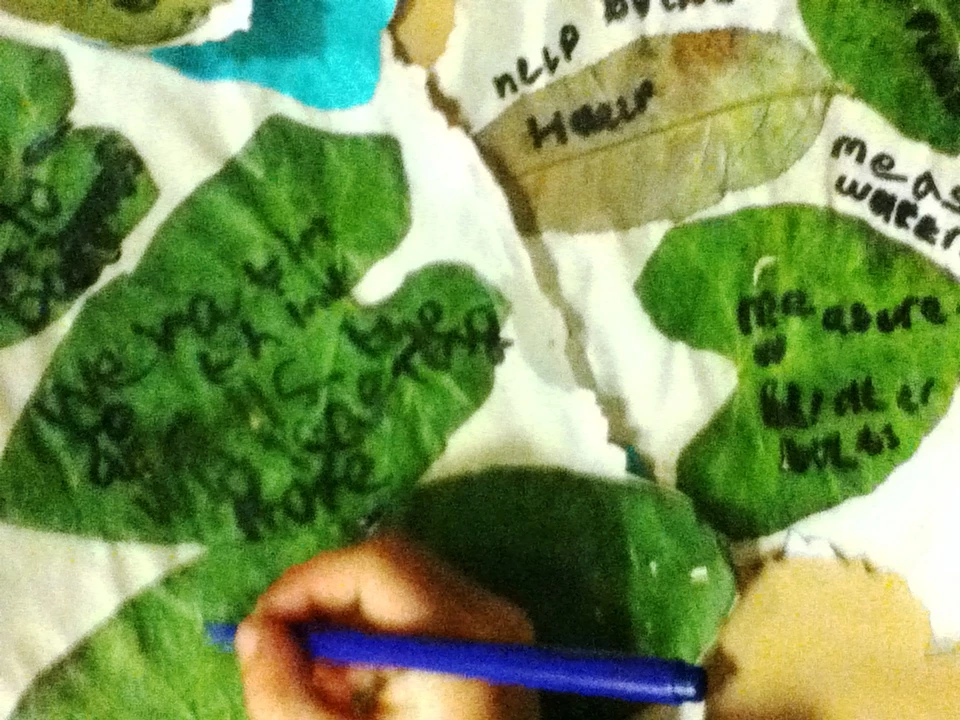Hwyl a sbri hanner tymor yn y Ty Gwyrdd!
, 25 Hydref 2012
Wythnos nesaf yw hanner tymor, felly mi fydd llawer yn mynd ymlaen yn y T? Gwyrdd gan gynnwys gweithgareddau celf a chyfle i flasu bwyd tymhorol!
Ar ddydd Mawrth a Mercher wythnos nesa, Hydref 30ain a 31ain, mi fyddwn yn dathlu Calan Gaeaf trwy dreulio 2 diwrnod llawn gweithgareddau yn dathlu rhai o’n hoff drigolion. Mae gennym nifer o ystlumod gwahanol yn byw yn Amgueddfa Sain Ffagan ac mi fydd cyfle i chi ddysgu mwy amdan y creaduriaid rhyfeddol yma! Pa ffeithiau ystlum ydych chi’n gwybod eisoes? Faint o’r rhain sy’n wir a faint ohonynt sy’n ffuglen??
Gyda help ein tim o wirfoddolwyr, yn enwedig Anne-mie sy'n artist, rydym hefyd yn gobeithio creu gosodiad celf fawr yn y T? Gwyrdd. Rydym yn bwriadu creu ystlum fawr helyg i’w hongian o’r nenfwd wedi ei amgylchynu a nifer fawr o ystlumod bach. Dyma ble da ni angen eich help chi i greu cymaint o ystlumod bach a phosib! Fel gallwch weld o’r llun, bydd yr ystlumod bach wedi ei wneud allan o bapur newydd, bandiau elastig a glanhawyr pibell!
Mae’r Amgueddfa hefyd yn cynnal digwyddiad mawr Nosweithiau Calan Gaeaf wythnos nesaf! Mi fydd yr amgueddfa ar agor gyda’r nos gyda nifer o weithgareddau yn cymryd lle. Eto, mi fyddwn yn hyrwyddo ystlumod gyda gweithgareddau celf bob nos. Mae’r Nosweithiau Calan Gaeaf yn cymryd lle rhwng nos Fawrth y 30ain o Hydref a nos Iau’r 1af o Dachwedd. Mae RHAID prynu tocynnau blaen llaw. Am fwy o wybodaeth cliciwch yma
Tua diwedd yr wythnos byddwn yn symud o Galan Gaeaf i edrych ar rhai o’r bwydydd gwych sydd ar gael adeg hyn o’r flwyddyn! Dewch i’m gweld ar ddydd Gwener a dydd Sadwrn (2ail a 3ydd o Dachwedd) yn coginio yng nghegin y T? Gwyrdd yn defnyddio ryseitiau traddodiadol ac ambell i gynhwysyn o ardd y T?, Dewch i flasu siytni, cawl ac efallai hyd yn oed ambell i gacen! Gallwch gymryd ryseitiau adre er mhoen ei choginio adref hefyd!
Ar y cyfan, mi fydd wythnos nesa yn un prysur dros ben, ond llawer o hwyl gyda digonedd yn mynd ymlaen, felly pam na ddewch chi draw i’n gweld!
